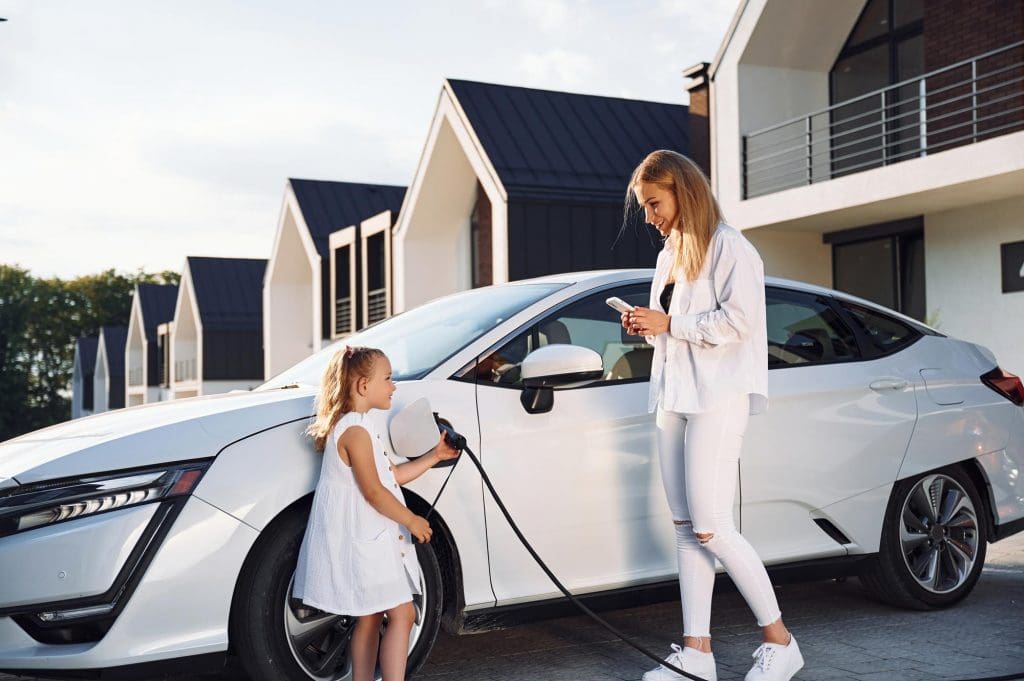Electric car insurance premiums often spark concern: why is it typically higher than a petrol car? In 2025, UK drivers need clarity—not myths. Here’s how EV insurance actually works, what affects costs, and how you can lower your premium.
Why Are EV Insurance Premiums Sometimes Higher?
Several factors contribute to higher costs:
- Battery and repair costs: EV components (battery, motors) are more expensive to replace.
- Specialist repair facilities: Repairs often require trained technicians and approved parts.
- Limited historic data: Insurers are still building datasets for EV risk profiles.
Key Factors That Influence EV Insurance Premiums
- Vehicle specification: Higher trim levels with expensive battery packs increase premiums.
- Battery warranty: Cars with robust 7- or 8-year battery warranties typically cost less to insure.
- Annual mileage and usage: EVs used for delivery or high mileage may attract higher rates.
- Driver profile and claims record: Same as petrol—but insurers may view EV drivers as lower-risk.
How Much Does EV Insurance Cost Compared to Petrol Cars?
In 2025, average comprehensive EV insurance premiums fall around £650–£800/year for mainstream models like the Hyundai IONIQ 5, Kia EV6, or Volvo XC40 Recharge. For high-end models like Tesla or Porsche Taycan, expect £1,000–£1,300 annually—still competitive vs equivalent petrol equivalents.
How to Get Cheaper EV Insurance in the UK
- Compare EV-specific insurance providers rather than generic policies.
- Keep in-car dash cam—some insurers reduce premiums if recorded.
- Choose cars with good security ratings and anti-theft features.
- Bundle insurance with home EV charger offers—some insurers offer discounts.
ONEEV’s Role in Lowering Your Insurance Risk
With the ONEEV app, you can track charging history, mileage, and service logs—helping insurers verify low-risk usage or mileage-based policies. Fleets and individual drivers benefit by proving responsible charging habits.
Example Annual Cost Comparison
| Model | Typical EV Insurance Rate | Comparable Petrol Insurance |
|---|---|---|
| Kia EV6 Standard | £680 | £720 |
| Hyundai IONIQ 5 Standard | £650 | £700 |
| Volvo XC40 Recharge | £780 | £800 |
The Final Word
While EV insurance can initially seem higher, when you account for fuel savings, government incentives, and lower running costs, EVs are often cheaper in total ownership. By choosing mid-range models, bundling cover, and using ONEEV to record useful data, you can significantly reduce your insurance spend.
